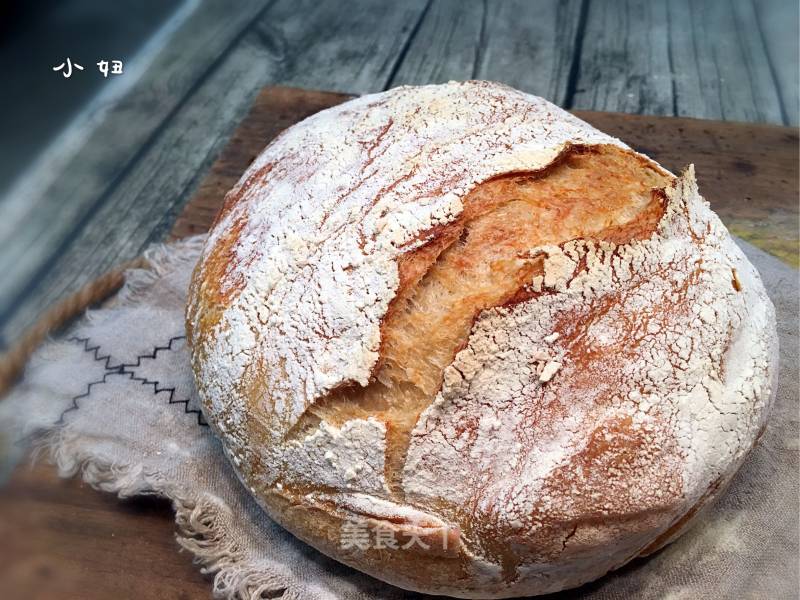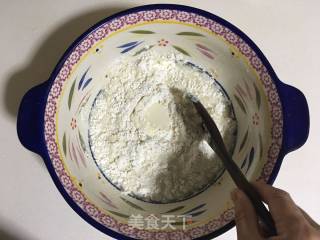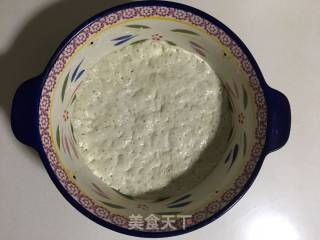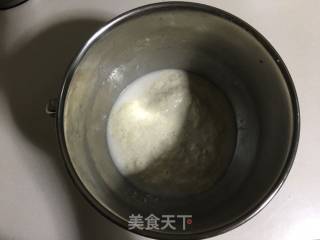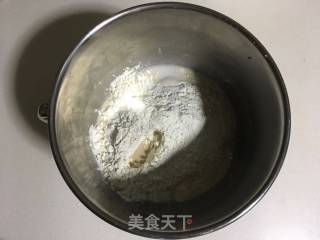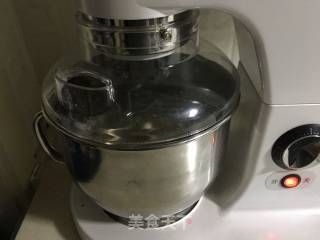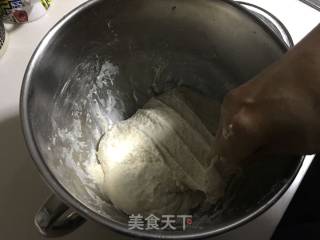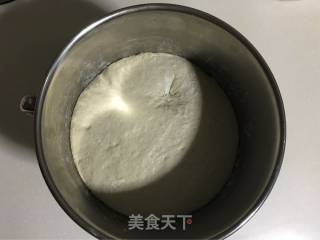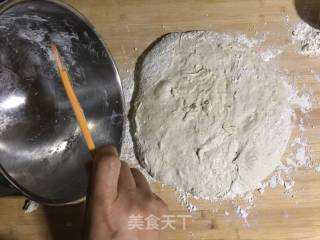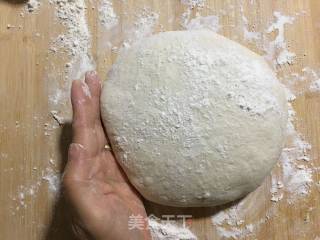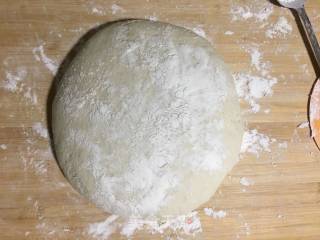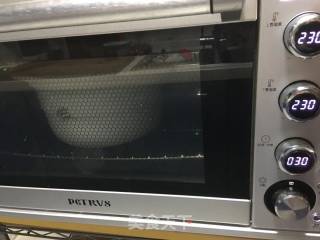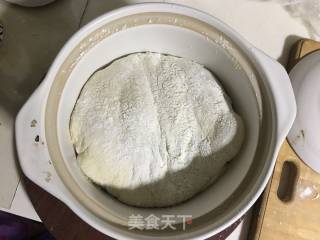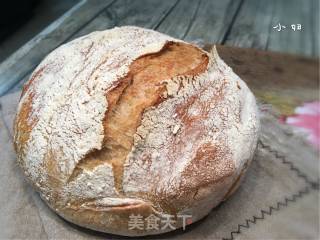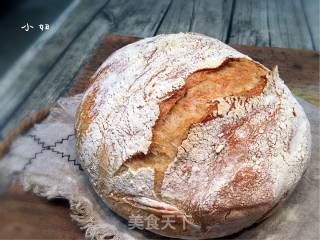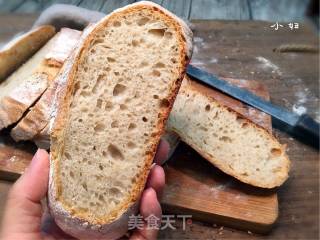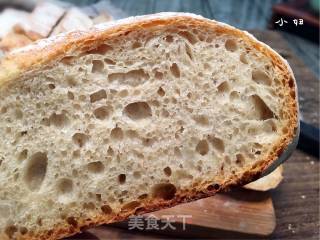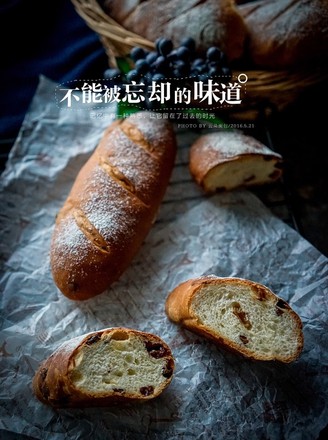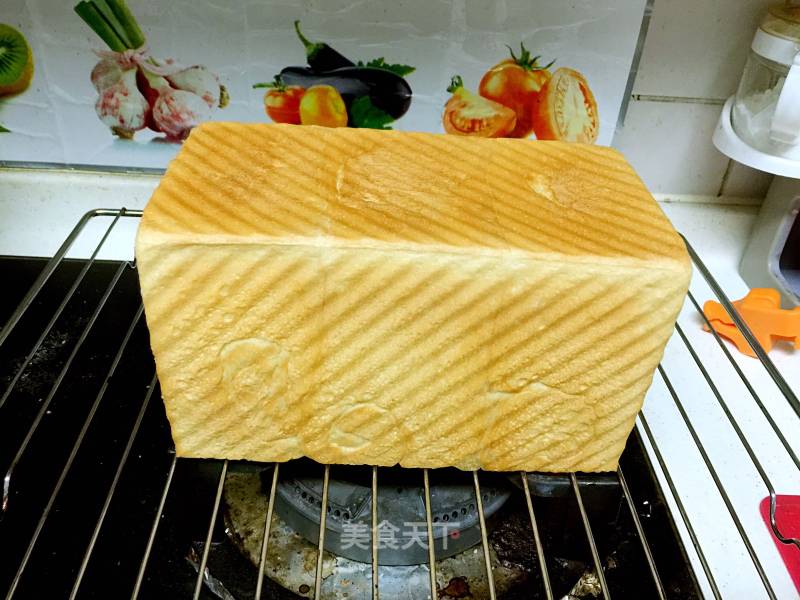#aca Fourth Session Baking Contest# Making Erotic Pregnant Whole Wheat Bread
1.
First make the Polish starter; mix 250g of high-gluten flour, 250g of water and 0.2g of yeast in the Polish starter and stir evenly (Manda said that if the yeast cannot be accurately weighed, pinch a little with your mother, index and middle fingers. Put in pinch) Cover with plastic wrap and ferment to 4 times the size;
2.
The surface of the fermented Polish starter is full of bubbles (Manda said that she fermented at 20 degrees indoors for 12 hours. If the room temperature is 25 degrees higher, it will take about 3 or 4 hours, and there should be one every 15 seconds. It can be used when bubbles come out with a faint sour taste);
3.
Pour 150g of water into the fermented starter, stir it slightly, and pour it into the cooker's tank;
4.
Add 50g of high-gluten flour, 200g of whole wheat flour, 1.5g of yeast and 8g of salt (the yeast and salt should not collide together to prevent the yeast from failing);
5.
Start the cook machine and stir at low speed for 5 to 8 minutes to mix evenly (at this time, the stirred dough is like a puree, but it does not matter if you continue to work hard, the bread will be)
6.
Dip some water on your hand and insert it into the bottom of the dough, pull up a part of it and fold it toward the middle, and turn the container inward a few times while turning it over;
7.
Covered with plastic wrap and fermented to twice the size for the first time, I fermented at room temperature 24 degrees for 2 hours (Manda said that the room temperature is 20 degrees to 25 degrees, and the fermentation time is about 2 to 3 hours);
8.
After the fermentation is over, sprinkle a thick layer of flour on the chopping board. Use a spatula to carefully dig out the dough and transfer it to the chopping board without destroying the original bubbles. The cylinder on one side 𤩹 slides out the dough);
9.
Fold up, down, left, and right to the center with the help of a scraper;
10.
After turning it over, gather both hands in the middle to form a circle to form tension on the surface of the dough (forgive me for taking pictures with my other hand!);
11.
Sprinkle a thick layer of flour on the dough, cover the top with plastic wrap and finally cover with a napkin;
12.
The second haircut takes about half an hour to an hour, so that the dough does not exceed twice its size. You can also dip your fingers in the flour and poke lightly, the dough will rebound slowly and a little pit will be faintly left. Fermentation is appropriate. If it bounces back quickly, it means that the fermentation is not enough. Otherwise, if it does not bounce back, it means that the fermentation is too much;
13.
At the same time, put the casserole or cast iron pot into the oven to preheat, and fire up and down at 230 degrees for 30 minutes (Manda said 240 degrees for 30 minutes, but the temperature of my oven is 230 degrees);
14.
Take out the preheated casserole and put the fermented dough into the pot with the interface facing down (if you want ideal cracking, put the interface upwards in the pot. In short, be careful not to burn your hands at this step. I use a large spatula. Shovel and throw into the pot);
15.
Cover the pot and take it out at 230°C for 35 minutes. Remove the lid and put it in the oven to continue baking for 15 minutes until the surface is browned;
16.
Finished picture
17.
Finished picture
18.
Has a beautiful facet
19.
One more piece
Tips:
Regarding the temperature of the oven; the maximum temperature of the oven I use is 230 degrees, preheat the oven and the casserole for 30 to 40 minutes, put the bread dough in and cover the lid and bake for 35 minutes, remove the lid and color it for 15 minutes. If the maximum temperature of the oven is 240 degrees, you need to close the lid and bake for 30 minutes. The other procedures are the same. In short, it depends on the temper of your own oven.

